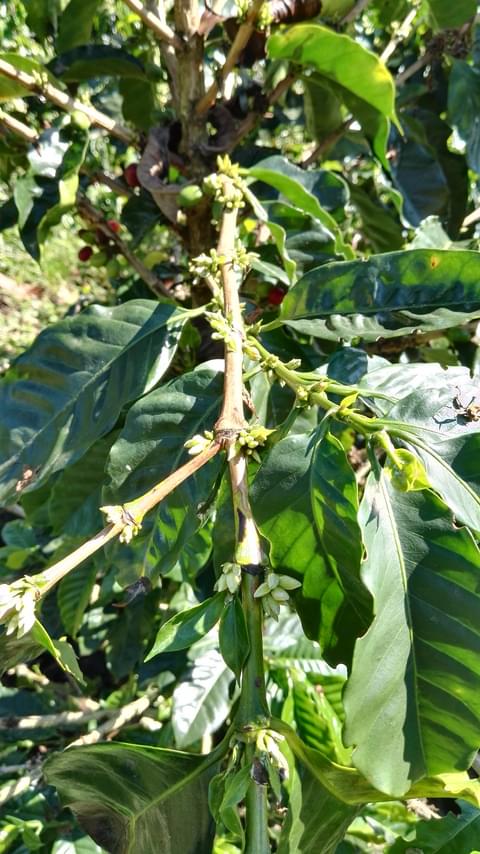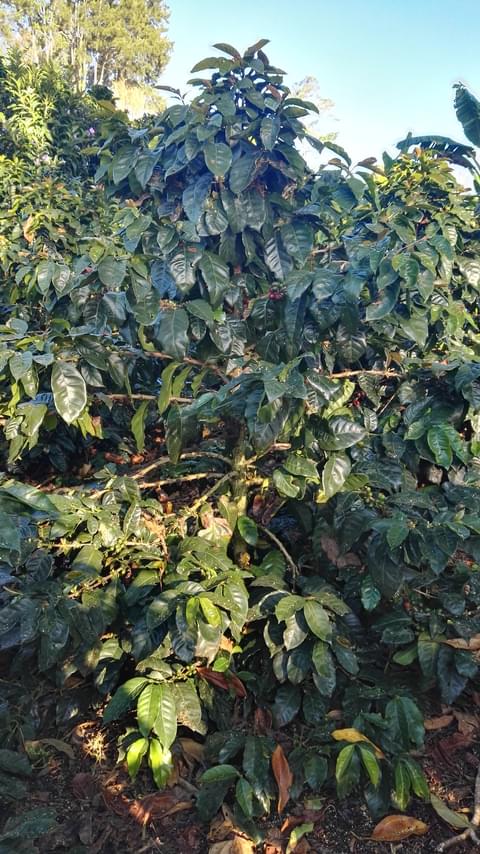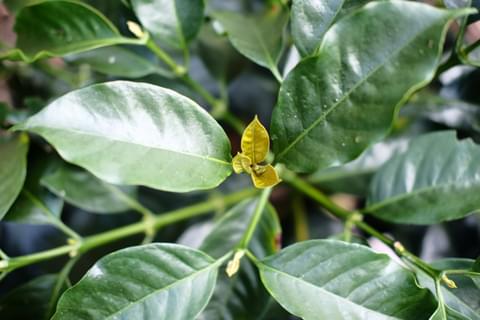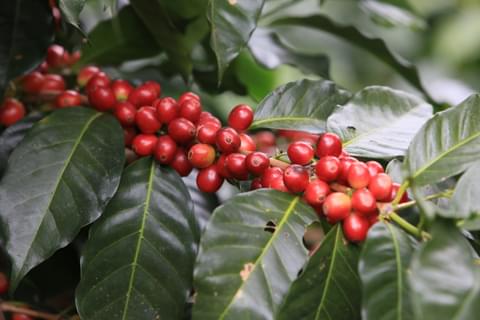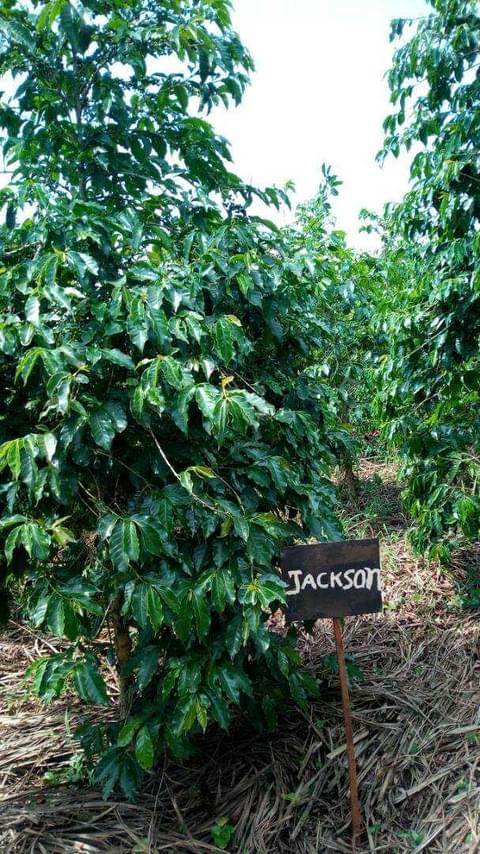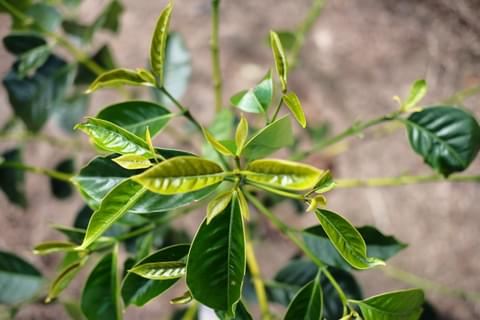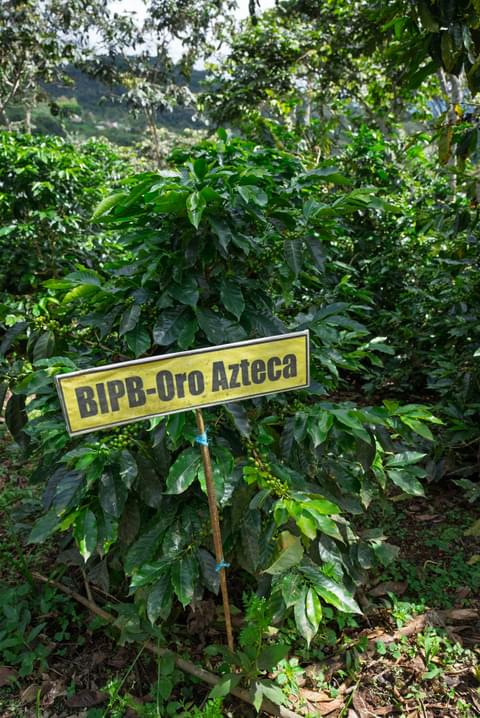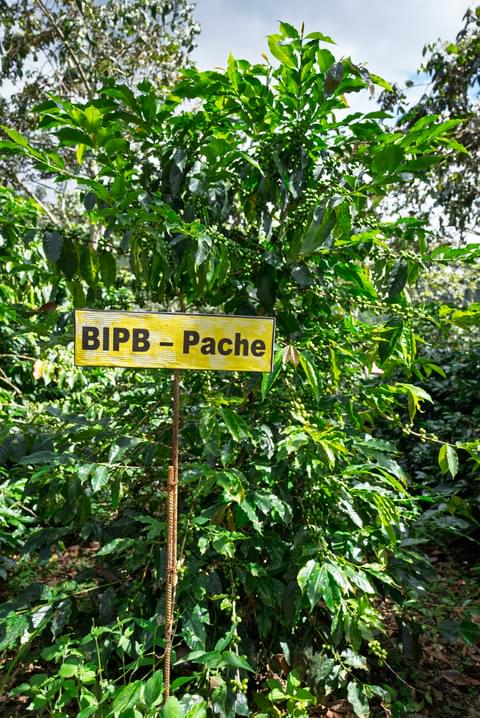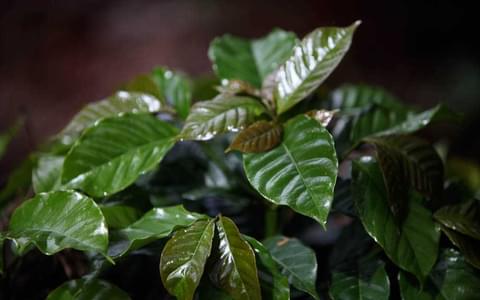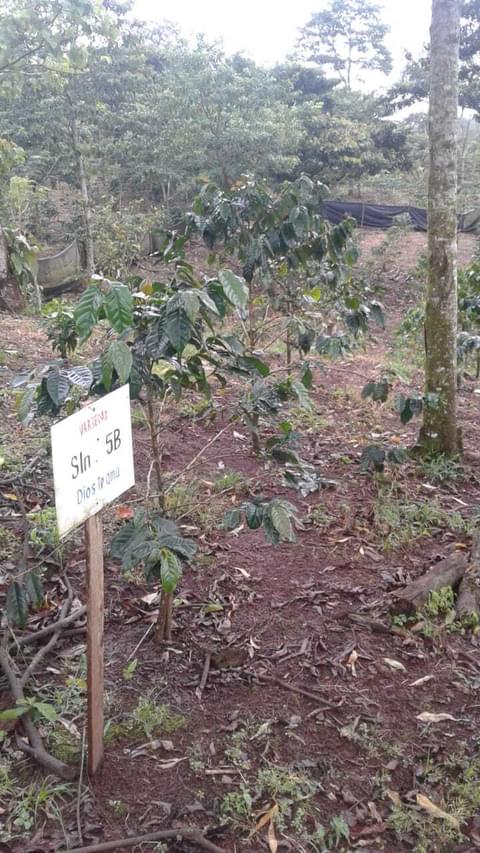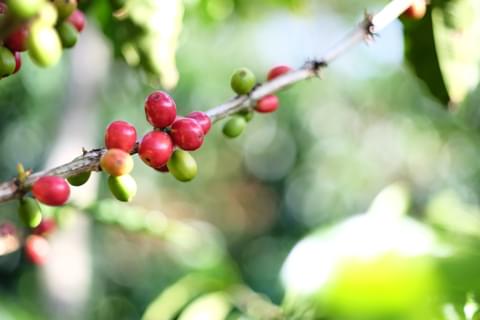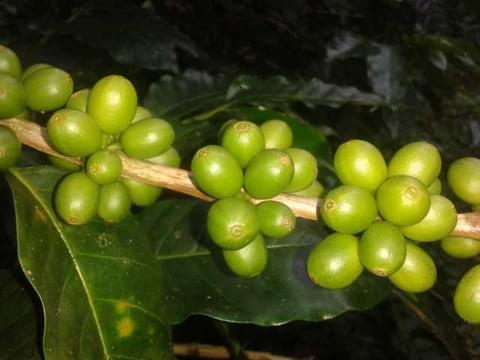
Arabica
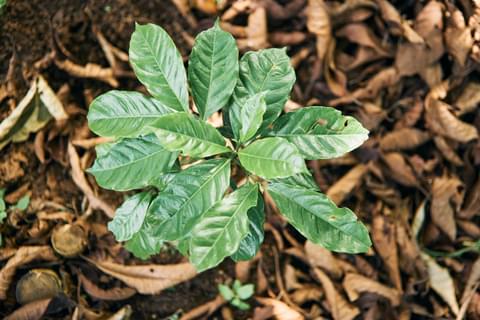
Anacafe 14
CatimorVery high yielding variety, with rust resistance and good quality at elevations above 1300 meters. Variety not uniform.
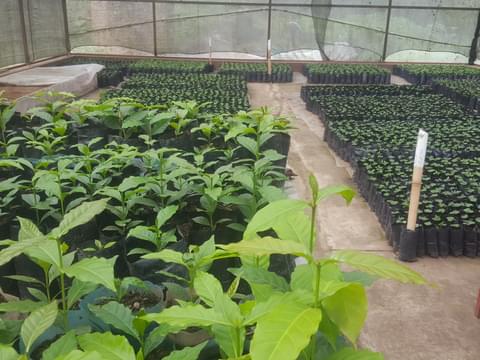
Batian
A tall variety that combines high yields, tolerance to coffee leaf rust, resistance to coffee berry disease, and good cup quality.
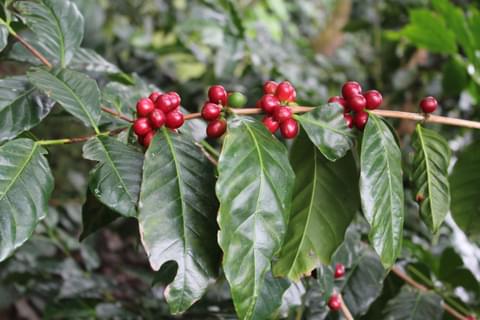
Bourbon
One of the most culturally and genetically important C. arabica varieties in the world, known for excellent quality in the cup at the highest altitudes.
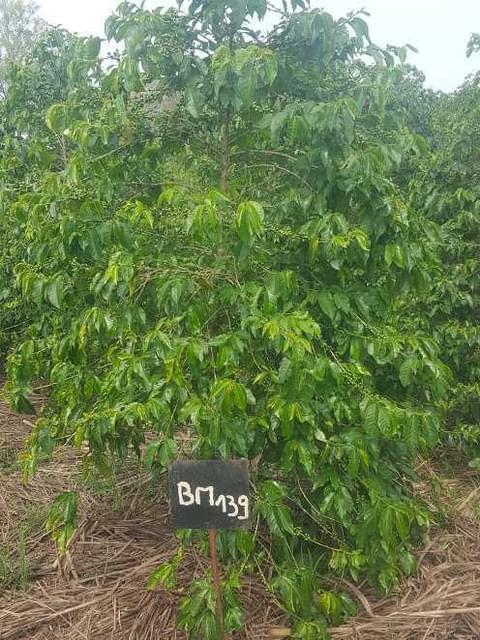
Bourbon Mayaguez 139
BM139Vigorous and highly productive tall variety with very good cup quality. Found commonly in Rwanda and Burundi.
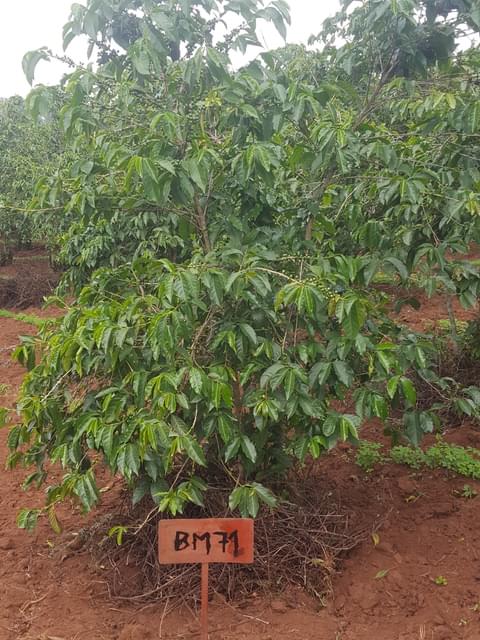
Bourbon Mayaguez 71
BM71Moderate yield, good cup potential, and susceptible to major diseases. Adapted for medium altitudes. Found commonly in Rwanda and Burundi.
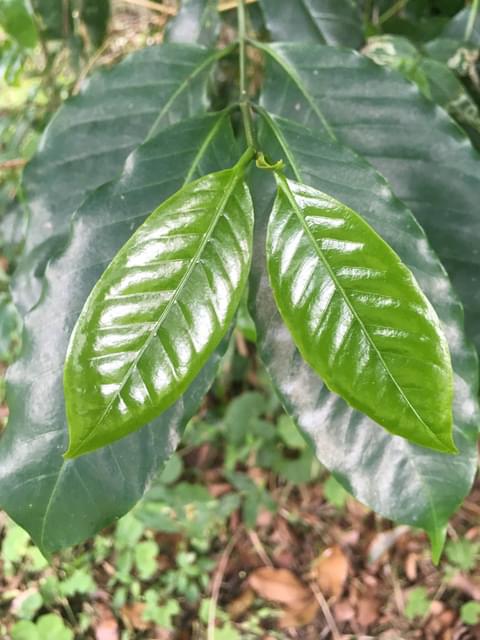
Caripe
Criollo Cogollo Verde, BuonaffinaVery good cup quality with large beans. An important regional variety in Monagas state in northeastern Venezuela.

Catigua MG2
Recommended for specialty coffee production in Brazil. Broadly adaptable and drought-tolerant.
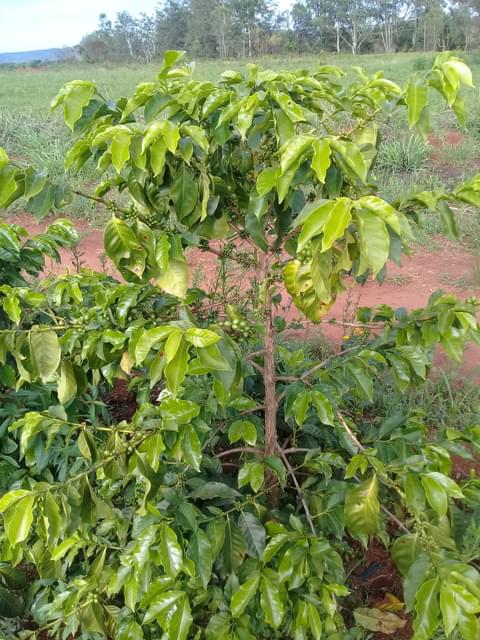
Catimor 129
Cat129, NyikaHigh yielding/Dwarf/Compact variety resistant to coffee leaf rust and coffee berry disease. Found commonly in Malawi, Zambia, and Zimbabwe.

Catuai
A compact plant with high yielding potential of standard quality in Central America. Very high susceptibility to coffee leaf rust.
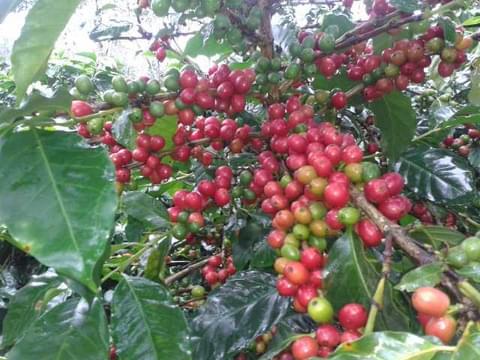
Caturra
A compact plant with good yielding potential of standard quality in Central America. Very high susceptibility to coffee leaf rust.
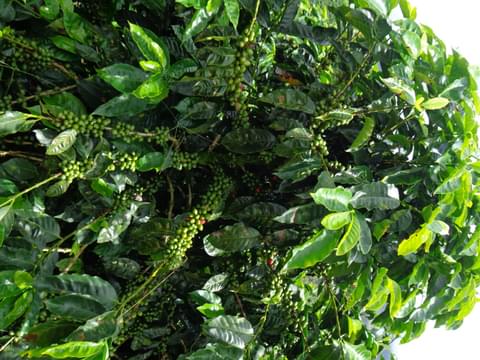
Centroamericano
H1Very high yielding with very good quality potential if planted in healthy soil and at elevations >1300 meters, with resistance to rust. Well-adapted for agroforestry.
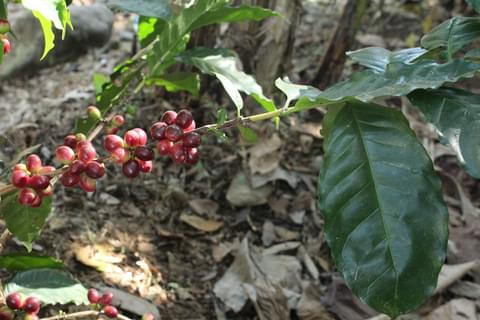
Cuscatleco
SarchimorWell-adapted to medium altitudes. Resistant to coffee leaf rust and some nematodes.

EC15
MundoMexHigh production yield and very good quality potential. Suitable for agroforestry systems.
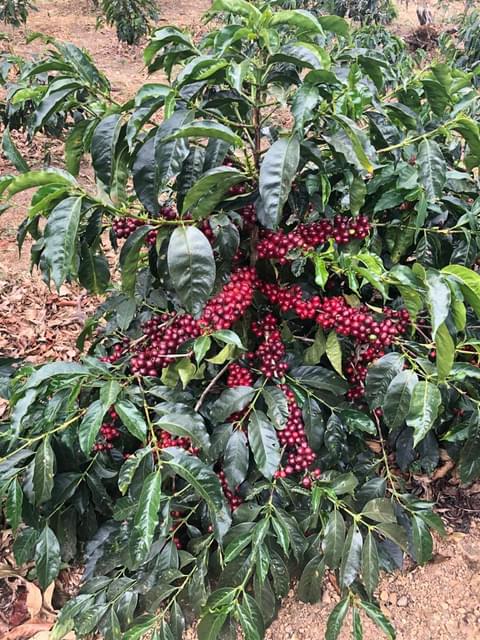
Esperanza
L4 A5Variety with very high productivity, tolerance to rust, and very good quality. Excellent adaptation to humid environments.
Fronton
CatimorEarly production and high yielding plant resistant to coffee leaf rust. Well-adapted to low and medium altitudes. Found primarily in Puerto Rico.

Geisha (Panama)
GeshaPanamanian Geisha has exceptionally high quality at high altitudes. The term "Geisha" is often applied to other coffees that do not share the distinct genetics of Panamanian Geisha. Geisha is also cultivated widely in Malawi.
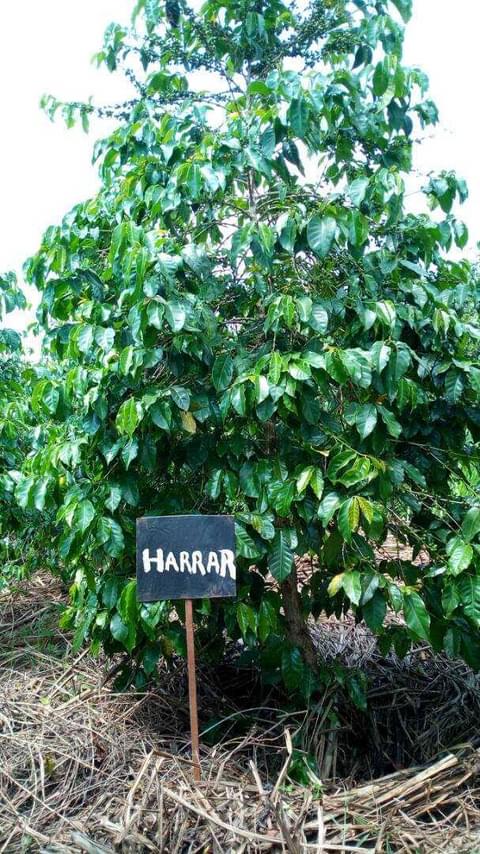
Harar Rwanda
Harar or HarragheHigh yielding with very good cup quality potential, but susceptible to the major diseases and prone to die back. This is the Harar variety sometimes found in Rwanda (no longer recommended by Rwandan coffee authorities because of its short productive life).
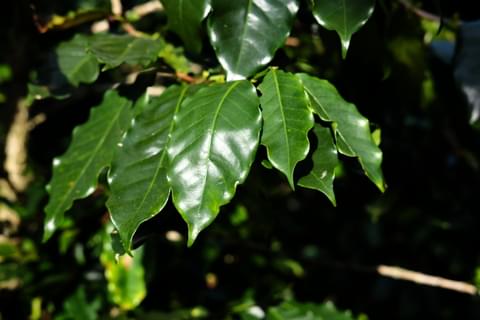
IAPAR 59
SarchimorHigh yielding plant adapted to medium altitudes. Resistant to coffee leaf rust and some nematodes.
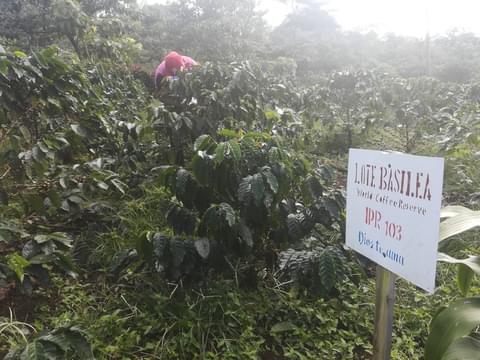
IPR 103
Good tolerance to heat, drought, and low-fertility soil. Adapted to various coffee-growing regions in Brazil, with high productivity especially in the early harvests.
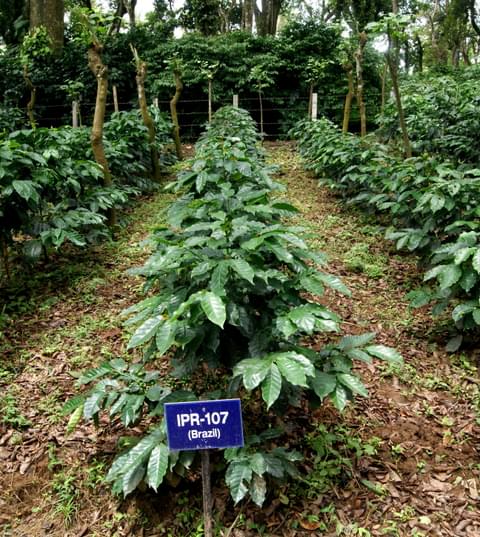
IPR 107
Highly resistant to coffee leaf rust, suitable for high altitude cultivation and mechanical harvesting.
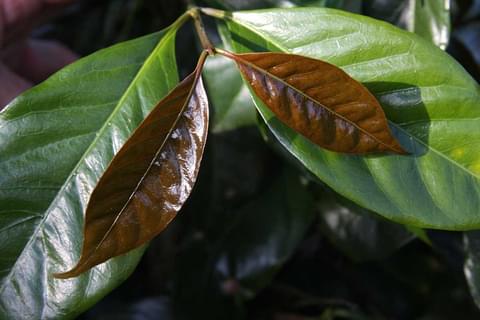
Java
High quality in Central America. Tolerant to major diseases, with low fertilizer requirement. Good choice for smallholder farmers.
KP423
Tolerant of drought and coffee leaf rust but highly susceptible to coffee berry disease. Found mostly in Uganda.
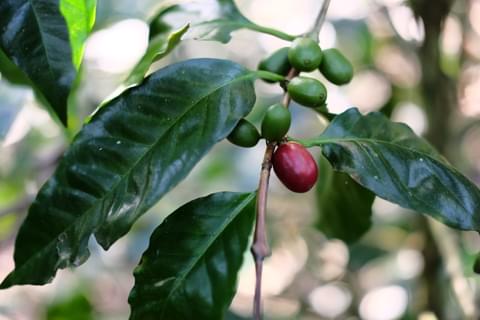
Maragogipe
Good to very good cup quality in Central America, but highly susceptible to rust. Very low yielding, large leaves and large internodes.
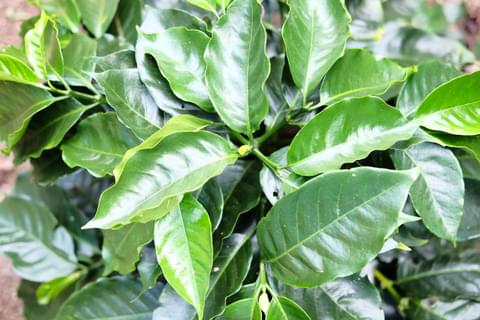
Marsellesa
SarchimorHigh yielding plant adapted to medium altitudes. Notably high acidity in the cup.
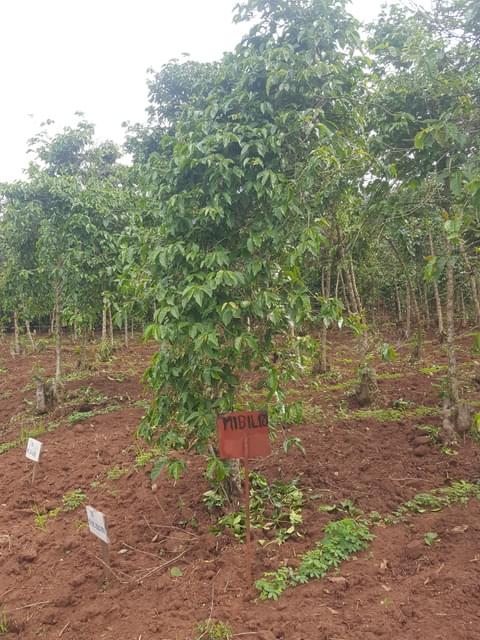
Mibirizi
Exceptional cup quality and drought tolerant, but highly susceptible to major diseases. Important variety for smallholder coffee growers in Rwanda and Burundi.
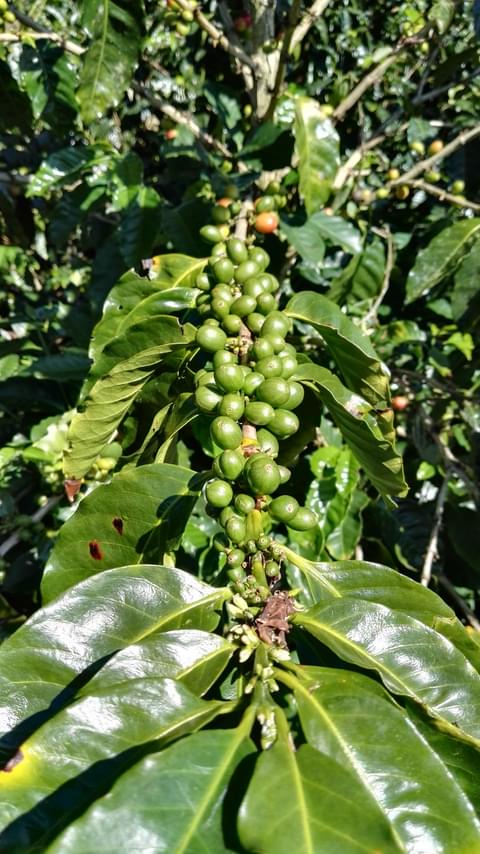
Milenio
H10Very high-yielding variety, with rust resistance and good quality at elevations above 1300 meters. Variety not uniform.
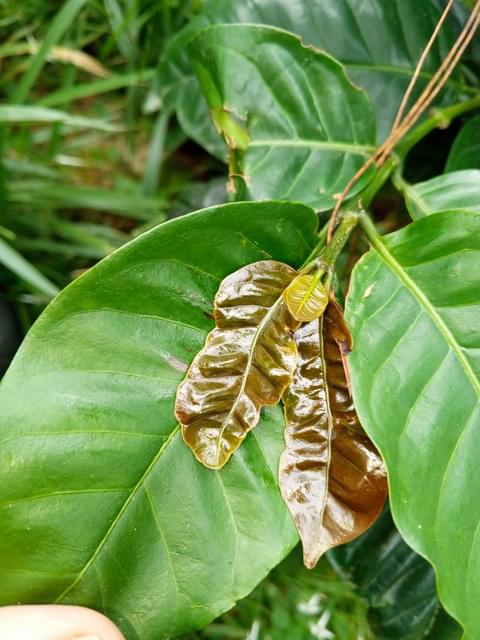
Monte Claro
Ombligon, LechocitaCompact variety with very good cup quality and large beans, tolerance to coffee leaf rust and nematodes, and high yield potential. An important regional variety in Venezuela.
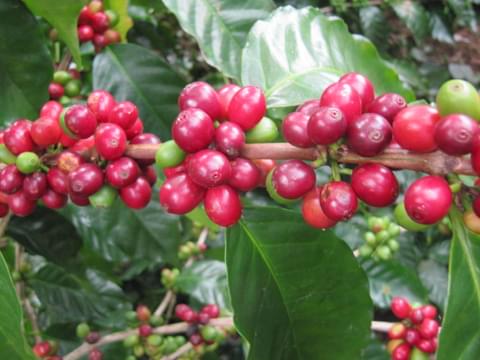
Mundo Maya
EC16Very high yielding variety if planted in healthy soil, with very good quality at elevations above 1300 meters. Well-adapted to agroforestery conditions.

Mundo Novo
A vigorous and productive plant with good quality cup but susceptible to major diseases. Grown widely in South America, but rarely in Central America and the Caribbean.

Nemaya (Coffea canephora)
RootstockA Robusta variety used for rootstock grafting because of its high resistance to nematodes. Arabica plants (any variety) can be grafted onto Nemaya roostock to make the plant resistant to nematodes.
Nyasaland
Bugisu local, NyasaGood cup quality, but susceptible to major diseases. Preferred by smallholder farmers in Uganda.
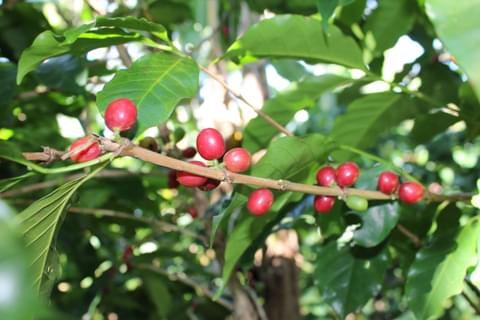
Obata (Red)
SarchimorA high yielding, rust-resistant Brazilian variety recently introduced to Costa Rica.
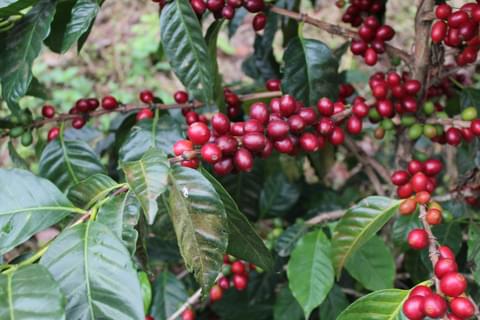
Pacamara
Capable of producing exceptional cup quality. Very high susceptibility to coffee leaf rust. Variety not uniform; plants are not stable from one generation to the next.
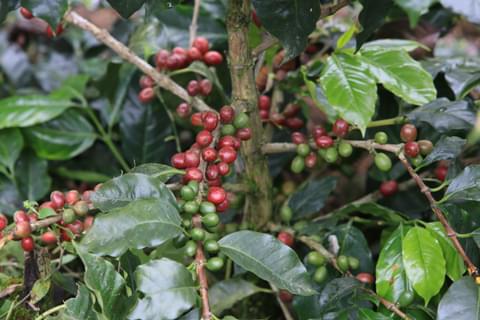
Parainema
SarchimorWell-adapted to medium altitudes, resistant to coffee leaf rust and some nematodes.
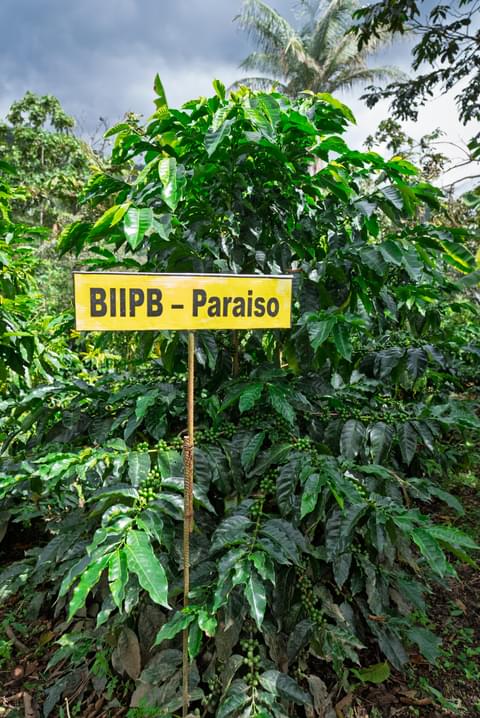
Paraiso
Very high-yielding and rust-resistant compact variety developed in Brazil and recently introduced to Central America.
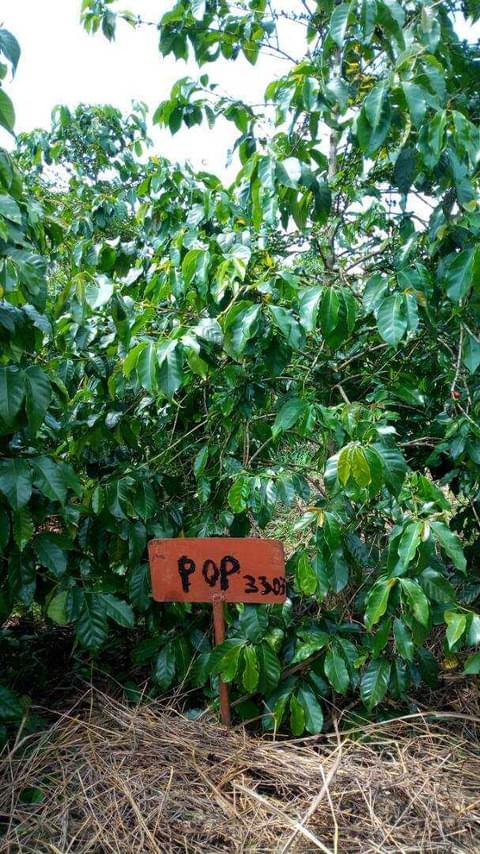
Pop3303/21
High yielding with tolerance to drought, coffee leaf rust, and coffee berry disease. Adapted to a wide range of ecosystems. Found mostly in Rwanda.
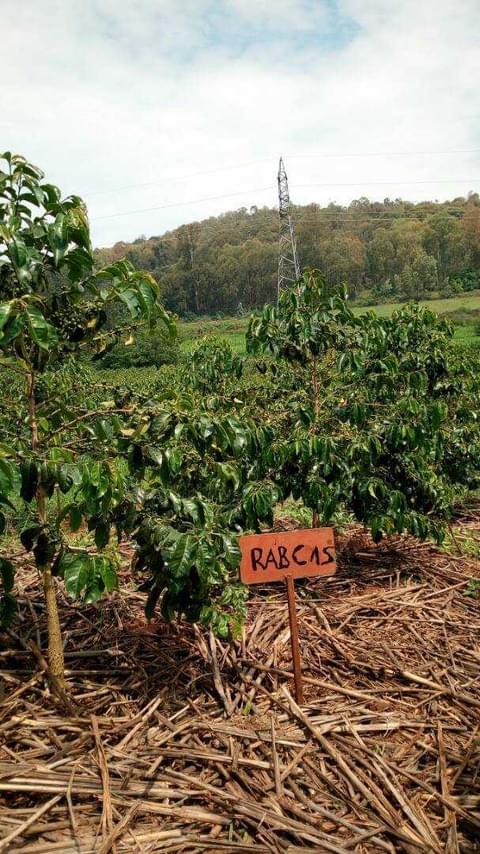
RAB C15
High yielding tall variety resistant to rust and coffee berry disease recently released in Rwanda.
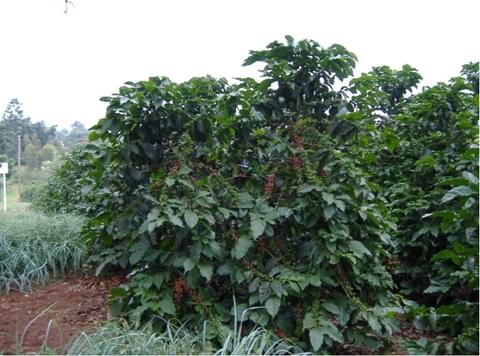
Ruiru 11
High-yielding, Dwarf/Compact hybrid tolerant to coffee leaf rust and resistant to coffee berry disease (CBD). Released in Kenya.
SL14
A good-yielding tall variety with drought and cold tolerance. Found mostly in Kenya and Uganda.
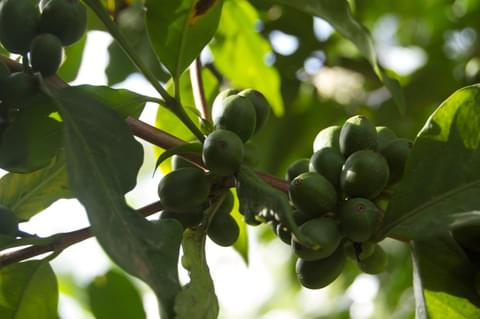
SL28
Drought tolerant and very good cup quality potential, but susceptible to major diseases. Found commonly in Kenya, Malawi, Uganda, Zimbabwe.
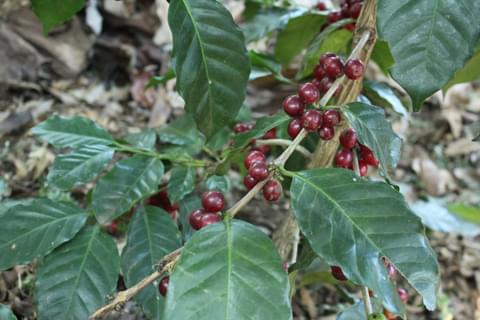
T5175
CatimorHigh-yielding plant adapted to lowest altitudes. Requires high fertilization. Variety not uniform.
T8667
CatimorHigh-yielding variety, resistant to rust, and adapted to warmest zones and acidic soils.

Tekisic
Improved BourbonA variety selected in El Salvador, and known for very good cup quality in the highest altitudes.
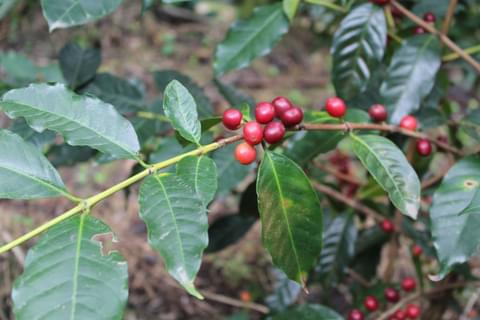
Typica
One of the most culturally and genetically important C. arabica coffees in the world, with high quality in Central America. Very high susceptibility to coffee leaf rust, well-adapted to the coldest conditions.
Venecia
Very high susceptibility to coffee leaf rust. Well-adapted to rainy zones due to late harvest during dry season.

